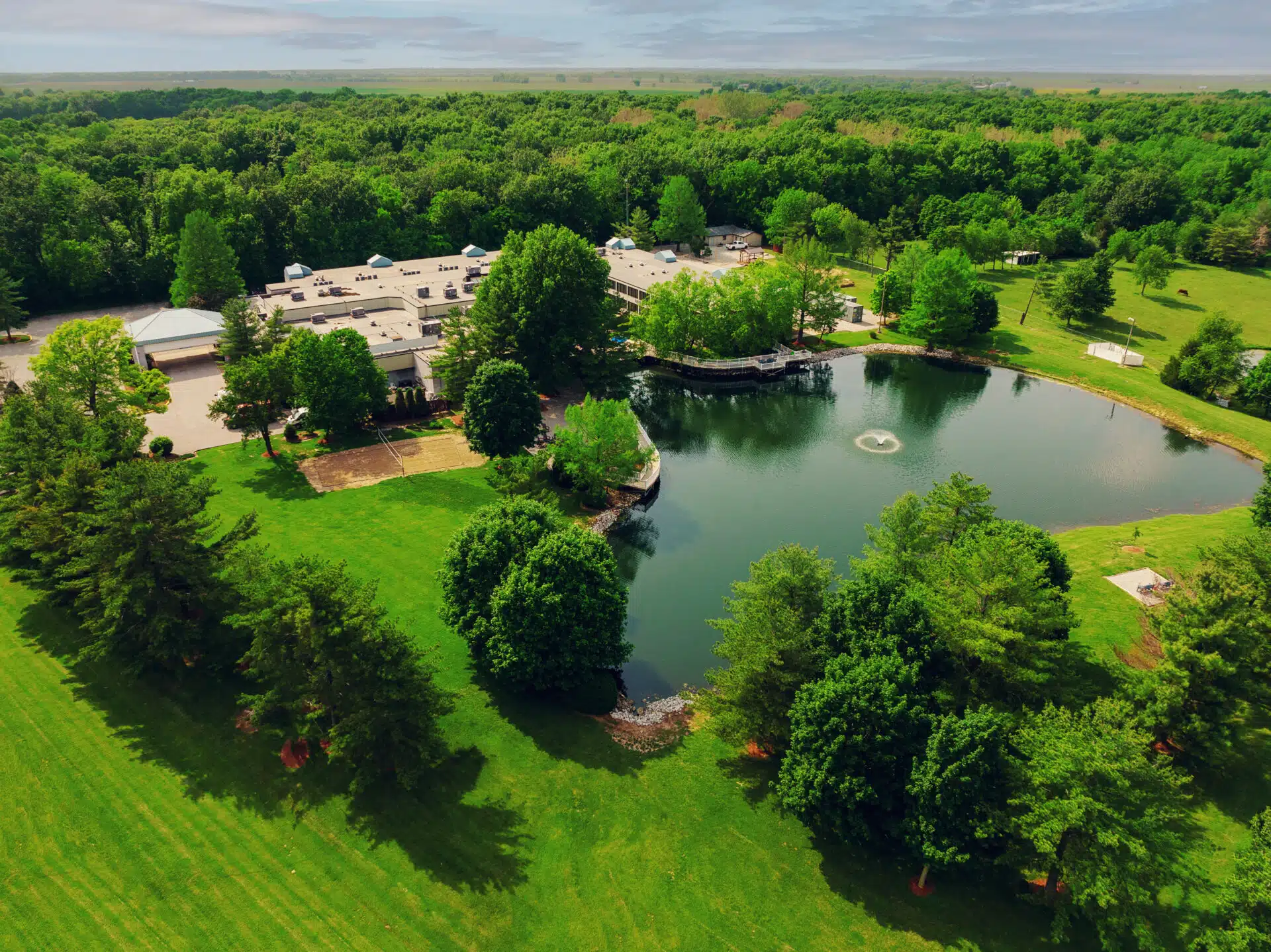In this post, we will be exploring more about marijuana as a recreational drug and what it looks like in various forms.
Marijuana Physical Appearance
What does marijuana look like?
Marijuana comes from the cannabis plant, which in its natural state looks like a bright green mid-length plant with almond-shaped leaves and a purple-colored blossoming flower. The first step in using marijuana as a drug is picking and drying the leaves and flowers.
The dried version of the plant will look like a crumbled combination of green, yellow, and purple streaks. At this point, the plant is shredded and compressed into small crumbled balls similar to tobacco’s appearance. From there, the marijuana can be rolled into a joint, smoked, extracted with oils, or used as an ingredient for food with recreational drugs.
What color is marijuana?
Marijuana colors can vary depending on which stage is it in the drug processing. Fresh marijuana leaves will have a vibrant green color, similar to plants such as okra leaves. The flowers will look like a faded green with hints of a mellow purple in the middle.
Dried and crushed marijuana can range in different colors. Most packaged and dried versions of the drug will have dark green, faded green, yellow, light brown, dark brown, and yellow streaks.
How to identify marijuana
The typical form of marijuana as a recreational drug can easily be identified among others. Since it is made of a plant, you can easily distinguish it from other synthetic drugs. In this section, we will be learning how to identify it based on its appearance, smell, texture, and others.
- Appearance: Dried and processed marijuana plants will look like crumbled leaves, stems, seeds, and flowers. It can be rolled up into small balls or clumps, which can have the color of faded green, brown, yellow, and a purple tinge from the flowers.
- Texture: Dried marijuana is rough in texture and crumbly. When pressed, it can fall apart depending on how it is prepared. Some marijuana preparations are much loose than others, such as those prepared for smoking joints.
- Smell: Marijuana has an earthy, strong, and pungent smell when smoked. It typically has a stronger scent compared to other plants. Some preparations are laced with other fragrances such as lemon, apple, or plum. The type and strength can vary depending on the type of marijuana smoked.
- Taste: Similar to the scent of marijuana, the taste of the plant, such as in cannabinoid extracts, will be strong, earthy, and pungent.
What mg Is Marijuana (Edibles, Oils, Waxes)?
Aside from the appearance of marijuana, you may also be wondering about the content of the drug in other forms such as edibles, oils, and waxes. Below, you will find a typical milligram content of the drug THC for other forms of marijuana.
- Edibles: Edibles often come in various milligrams depending on the type of user. First-time use can have as much as 5mg of THC in each edible. The intermediate use can have about 10-15 mg of THC, and advanced users can have 20 mg and above.
- Oils: Similar to edibles, oils can also have varying milligram content of THC depending on the use. Typically, it can range from about 2-10 mg per whole unit, in much smaller dosages than edibles.
- Waxes: Many waxes are measured with the gram content of THC. As such, each wax unit would typically have 0.5 to 1 gram of THC. It is more concentrated, and many labels will indicate how much percentage of THC you will get per dab, such as 70-90%.
Signs of Marijuana Abuse
Perhaps you have come to this resource not only out of curiosity but also of another concern regarding marijuana abuse. Have you wanted to confirm if a loved one (or yourself) presents signs of THC substance use disorder? Below are some indicators that can confirm signs of addiction to the drug:
- Lack of control of use: People addicted to marijuana will attempt to do various things to get another dose of the drug, regardless of the consequences.
- Loss of interest in daily activities: Increased use of marijuana also leaves people very preoccupied, losing interest in their former pursuits.
- Cravings: Individuals suffering from marijuana abuse can often feel agitated and are craving for the drug until they get their next dose.
- Changes in appearance and behavior: They may suddenly withdraw from others, become less hygienic, and become more isolated because of drug use.
- Withdrawal symptoms: Individuals can experience withdrawal symptoms such as headaches, fever, nausea, muscle aches, vomiting, and other physical discomforts when attempting to stop marijuana use.
Marijuana is highly addictive and is considered a gateway drug for other types of dangerous substances. When you notice signs of addiction, it is best to seek professional help right away, as mentioned above.
How To Get Help For Marijuana Abuse
Contact a trusted rehab center
The first and surest step you can take towards a lasting recovery is reaching out to a rehab center that specializes in marijuana abuse. Addiction specialists will guide you towards information on what to expect during rehab, the onboarding process, and financing options for treatment.
Let trusted loved ones know
Loved ones who are concerned about your health and safety can be accountability partners as you recover from marijuana abuse. They can provide moral and financial support as you go through rehab and help you modify the environment to prevent addiction triggers.
Reach out to local resources
If you are setting up your rehab treatment process, you can also reach out to free local resources to start your addiction recovery. Most communities have Marijuana Anonymous groups, church support groups, or seminars you can attend to increase awareness about addiction.
Marijuana Abuse: Solving The Root Cause
Perhaps you have come to this post to confirm the appearance of suspected marijuana in your home or any other setting, thinking that there may be loved ones who are using the drug.
There are many ways to solve marijuana abuse–staging an intervention, having open communication with loved ones, and creating a plan together can help release your household under the influence of addiction.
Sources
Medical disclaimer:
Sunshine Behavioral Health strives to help people who are facing substance abuse, addiction, mental health disorders, or a combination of these conditions. It does this by providing compassionate care and evidence-based content that addresses health, treatment, and recovery.
Licensed medical professionals review material we publish on our site. The material is not a substitute for qualified medical diagnoses, treatment, or advice. It should not be used to replace the suggestions of your personal physician or other health care professionals.







